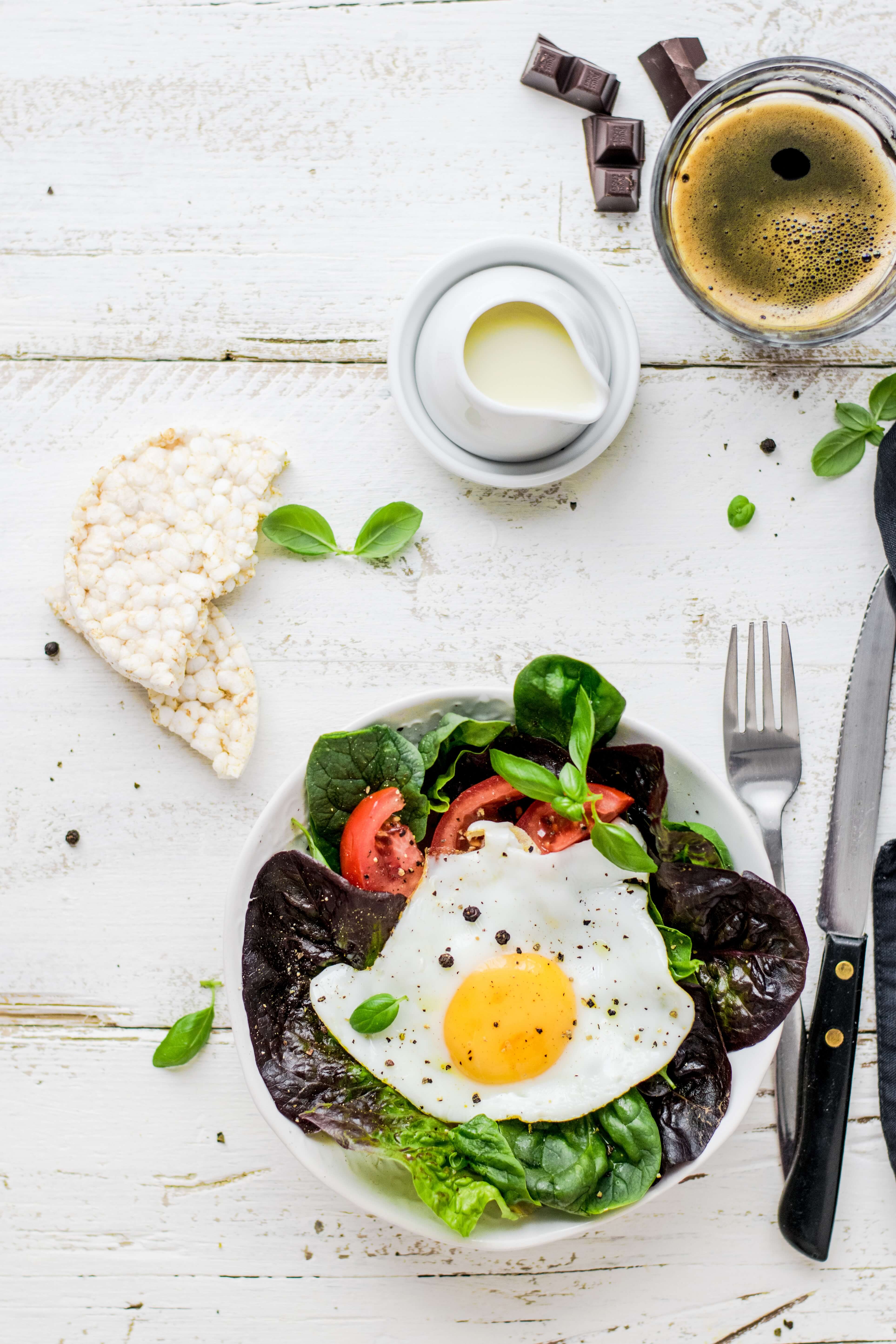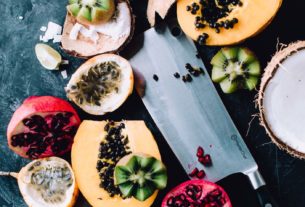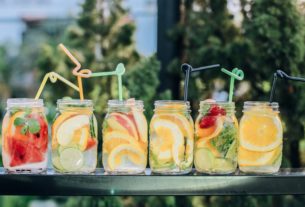There is so much excitement surrounding protein! Bodybuilders are gulping down glasses of protein shakes and dieters are gorging on protein bars. It’s like the hottest thing for fitness freaks around the universe!
Why? Well, it’s easy to understand.
Protein forms an important component of every cell in the body.
It helps in –
- Forming the hair and nails
- Building and repairing tissues in the body
- A building block of Muscles, Bones, Skin & blood
- Makes enzymes, hormones, and other body chemicals
- Creates Antibodies to protect against Viruses
For these vital functions, the body needs proteins in large quantity. Like fat and carbohydrate, protein is a “macronutrient.” Whereas, the “micronutrients” such as vitamins and minerals are only needed in small quantities. However, the body does not store protein and has no reservoir to draw from when a new supply is needed, unlike fat and carbohydrates. Simply put, proteins are vital to human life!
How much protein is needed?
The recommended level of the daily protein according to different age groups are –
- Child, weighing around 15kgs, about 15-20 grams of protein intake is required
- Male Adult, weighing 70 kgs, the intake should be around 60 grams
- Female Adult, weighing around 50 kgs, the recommended intake should be around 45 grams.
- For people over the age of 70, the intake should be around 70 grams!
[amazon_link asins=’B0757JZL22,B002EVPVCK,B078JDLQYW,B0791HGBFD,B07DG969CS,B079SZJJDR’ template=’ProductCarousel’ store=’livepeppyin-21′ marketplace=’IN’ link_id=’84751d74-8375-11e8-be4d-9f37c54b4590′]
However, the daily protein intake need not be the same for everyone. The easiest way to determine the quantity of intake is through the Recommended Dietary Allowance (RDA). The RDA is the amount of nutrient you need to meet your basic nutritional requirements. The minimum amount needed to be healthy is 0.8 grams of protein per kilogram of your body weight i.e. 0.8 g/kg/day.
This amount may naturally vary or elevate for athletes, elderly, people who are trying to lose weight and for people who are very active or live a sedentary life.
Protein Deficiency:
A Survey report conducted in 2015 by IMRB (Indian Market Research Bureau) revealed that 7 out of 10 Indians are protein deficient. It also pointed out that only 25% of Indians are aware of the need and importance of protein.
First, let’s understand the classification of proteins – Proteins are made up of 22 amino acids. Out of 22, 9 of them are essential, because our body cannot make them. They’re supposed to come from our diet. If anyone or more of these essential amino acids are missing, then the protein is considered incomplete.
Protein deficiency can occur because of multiple reasons like food resources may be unavailable, difficulty in eating, absorbing nutrition or preparing food. Impoverished communities, elderly, malnourished children and an alcoholic person can also have a protein deficiency. People who are born with genetic disorders can also suffer from protein deficiency. Not only that, people who have lost appetite and experience muscle breakdown also suffer from protein deficiency.
Symptoms of Protein Deficiency:

- Fatigue
- Difficulty staying warm
- A low body temperature
- Diarrhea
- Reduced appetite
- Lack of emotion
- Irritability
- Weakness
- Slower breathing
- Numbness or tingling in the hands and feet
- Dry skin
- Hair loss
- Bruises
Protein deficiency has side effects and can cause several diseases:
-
Marasmus –
Marasmus is a disease caused by severe deficiency of Protein in the body. When breastfeeding of infants below one year of age is replaced by less nutritive food, low in proteins and calories, they may develop a condition called Marasmus. The condition is signified by a sudden reduction in weight, severe wasting of body tissues, reduction of brain weight, visibility of ribs through the skin and growth of belly with disruptive digestion. Children suffering from marasmus have shriveled appearance, folded skin, weak muscles, thin face, sunken eyes and retarded mental growth. It isn’t always necessary that Marasmus is a direct result of lack of nutrients. It can also be a result of wrong nutrients or inability to absorb or process nutrients properly because of infection.
2. Kwashiorkor –
Kwashiorkor or edematous malnutrition is a nutritional disorder commonly found in places experiencing famine. The condition leaves people with emaciated appearance and can serious side effects like coma, shock, and permanent physical or mental ability if left untreated. It can even cause death or organ failure. Some symptoms of Kwashiorkor are the inability to grow or gain weight, edema (fluid retention) or swelling of hands and feet, stomach bulging, etc.
The diagnosis of these problems can be done by following tests –
- Complete blood count (CBC)
- The blood level of creatine and urea
- Arterial blood gas
- Urinalysis
Seeking help at right time and eating right kind of food is the key to solving the problem. Even a right amount and right kind of protein are important to get health benefits. Your diet should have 20 to 30 percent of protein. Various sources rich in proteins are:
[amazon_link asins=’B0757JZL22,B000QSNYGI,B014F366D2,B0791HGBFD’ template=’ProductCarousel’ store=’livepeppyin-21′ marketplace=’IN’ link_id=’b9a94298-8375-11e8-a37b-8b438968cac9′]
- Seafood like sardines, tuna, salmon
- White meat poultry
- Dairy products like milk, cheese, and yogurt
- Eggs
- Beans like soybeans, kidney beans
- Pork tenderloin
- Soy
- Lean beef
- Nuts like almonds, pistachios, walnuts, cashews, apricots
- Pumpkin seeds, hemp seeds, chia seeds
- Grains and legumes
- Chicken breast
- Oats
- Cottage cheese
- Veggies like broccoli, asparagus
- Greek yogurt
- Peanut butter
- Tofu
- Green peas
- Chickpeas
- Barley
- Sweet corn
Also, it is very important to practice good hygiene and sanitation. Poor sanitation and hygiene can lead to infections that can seriously hamper the health of someone who is malnourished. Malnourishment should be prevented in the start only. New mothers should breastfeed their newborns as much as possible. If possible build a healthy diet chart with the help of a dietitian and stick to it religiously.
Be Happy, Be Peppy. LivePeppy 🙂





I went over this internet site and I think you have a lot of good information, saved to fav (:.
Thanks for sharing the information with us.
I discovered your weblog website on google and verify a couple of your early posts. Proceed to keep up the superb operate. I simply additional up your RSS feed to my MSN Information Reader. Looking forward to studying extra from you later on!…
I am glad to be one of many visitants on this great internet site (:, thanks for putting up.
Enjoyed examining this, very good stuff, regards.
some truly interesting points you have written.
You have noted very interesting points! ps nice site.
Hey there! This is my 1st comment here so I just wanted to give a quick shout out and tell you I truly enjoy reading through your posts. Can you suggest any other blogs/websites/forums that go over the same topics? Thanks for your time!
Heya, I’m really glad I’ve found this info. Nowadays bloggers publish only about gossip and web stuff and this is actually irritating. A good blog with interesting content, that is what I need. Thanks for making this website, and I’ll be visiting again. Do you do newsletters by email?
You have brought up a very wonderful points , regards for the post.
Simply desire to say your article is as amazing.
The clarity for your put up is just great and I can suppose you’re a professional in this subject.
Fine along with your permission let me seize your RSS feed to stay updated with approaching post.
Thanks 1,000,000 and please carry on the enjoyable work.
I needed to thank you for this excellent read!! I definitely loved every little bit of it.
I’ve got you book marked to look at new stuff you post…
Why users still use to read news papers when in this technological world all is available on web?